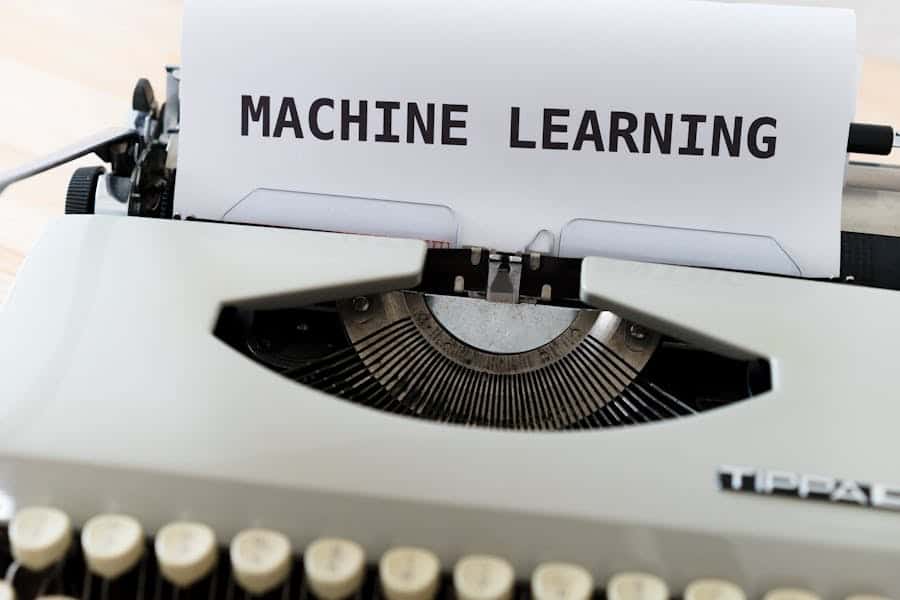Regression in Machine Learning is a supervised technique to predict continuous values by fitting a best-fit line or curve to the data. It evaluates models based on variance, bias, and error metrics.
Regression analyzes relationships between variables to forecast outcomes. It distinguishes from classification by predicting continuous values rather than distinct categories.

Credit: www.linkedin.com
Demystifying Regression In Machine Learning
Regression in machine learning refers to a supervised learning technique used for predicting continuous values. The algorithm aims to plot a best-fit line or curve based on the data, with evaluation based on variance, bias, and error metrics. It’s a statistical method that establishes relationships between dependent and independent variables, offering valuable insights and predictions.
The Essence Of Regression
Regression in machine learning is a technique used to predict continuous values by establishing a best-fit line or curve based on the data. The model evaluates variance, bias, and error to ensure accuracy.
Predictive Modeling And Continuous Outcomes
In simple terms, regression analyzes the relationships between variables to predict outcomes. It distinguishes from classification by forecasting continuous values like prices, incomes, or ages.
The Inner Workings Of Regression Algorithms
Regression is a popular supervised machine learning technique that is used to predict continuous values. The core objective of regression algorithms is to plot the best-fit line or curve that represents the relationship between the input features and the target variable.
Plotting The Best-fit Line
When it comes to regression algorithms, plotting the best-fit line is a crucial step. This line represents the relationship between the independent variables and the dependent variable in the dataset. The goal is to minimize the distance between the actual data points and the predicted values on the line, ensuring an accurate representation of the data distribution.
Understanding Variance, Bias, And Error
Variance, bias, and error are fundamental concepts in regression algorithms. Variance measures the model’s sensitivity to fluctuations in the training dataset, bias quantifies the difference between the model’s predictions and the true values, and error encompasses the overall deviation between the predicted and actual values. Balancing these factors is essential for building a robust and accurate regression model.
Types Of Regression Techniques
Regression is a fundamental concept in machine learning, used to predict continuous values based on input data. Various types of regression techniques are utilized to address different data scenarios. Let’s explore the different types of regression techniques in machine learning.
Linear Regression Fundamentals
Linear regression is one of the simplest and most commonly used regression techniques. It involves fitting a linear equation to the observed data, allowing the model to make predictions based on the relationship between the input and output variables.
Beyond Linear: Polynomial And Logistic Regression
Beyond linear regression, there are other techniques that can be applied to more complex data relationships. Polynomial regression is used when the relationship between the independent and dependent variables is nonlinear. On the other hand, logistic regression is employed when the outcome is binary, classifying the data into one of two categories based on the input variables.
Key Differences: Regression Vs. Classification
When it comes to machine learning, understanding the differences between regression and classification is crucial for building accurate predictive models. Let’s delve into the key disparities between these two techniques.
Continuous Vs. Categorical Outcomes
Regression involves predicting continuous outcomes, such as sales figures, stock prices, or temperature. On the other hand, classification deals with predicting categorical outcomes, like binary (yes/no) responses or multi-class labels (e.g., identifying different types of animals).
Choosing Between Regression And Classification
When deciding between regression and classification, consider the nature of the outcome you intend to predict. If the target variable represents a numerical value, opt for regression. Conversely, if the target variable entails categories or classes, then classification is the suitable choice.
Evaluating Regression Model Performance
Metrics That Matter
When evaluating the performance of a regression model, several important metrics come into play. These metrics are crucial in determining the accuracy and effectiveness of the model in predicting continuous values. Some of the key metrics that matter include:
- Mean Squared Error (MSE)
- Root Mean Squared Error (RMSE)
- Coefficient of Determination (R-squared)
- Mean Absolute Error (MAE)
Analyzing The Goodness Of Fit
Assessing the goodness of fit of a regression model is essential to determine how well the model fits the observed data. One common method for analyzing the goodness of fit is by examining the R-squared value, which indicates the proportion of the variance in the dependent variable that is predictable from the independent variables. A higher R-squared value signifies a better fit of the model to the data.
Real-world Applications Of Regression
Regression analysis is a powerful tool with diverse applications across various industries. Let’s explore some real-world use cases where regression in machine learning has proven to be invaluable.
From Market Trends To Medical Prognoses
Regression models are widely employed in analyzing market trends, making sales forecasts, and understanding consumer behavior. In the healthcare sector, these models play a crucial role in predicting patient outcomes, disease progression, and identifying risk factors for various medical conditions.
Case Studies: Regression In Action
Several industries have reaped the benefits of regression analysis. For instance, in the retail sector, businesses utilize regression to forecast demand, optimize pricing strategies, and manage inventory effectively. Additionally, in finance, regression models are utilized to assess risk, predict stock prices, and analyze economic trends.
Frequently Asked Questions
What Is Regression In Machine Learning With An Example?
Regression in machine learning is a technique to predict continuous values by fitting a best-fit line or curve to the data. For example, predicting house prices based on factors like location, size, and amenities.
What Is Regression In Simple Terms?
Regression is a method that predicts continuous values by examining how one variable changes in relation to others, using patterns in data to estimate outcomes accurately.
What Is Regression And Its Type?
Regression is a method to analyze relationships between variables to predict continuous values. Linear regression uses linear variables.
What Is The Difference Between Classification And Regression?
Classification predicts discrete categories, while regression predicts continuous values. Classification algorithms forecast distinct outcomes, whereas regression algorithms determine continuous variables.
What Is Regression In Machine Learning?
Regression is a supervised machine learning technique that is used to predict continuous values by plotting a best-fit line or curve between data. The three main metrics used to evaluate a trained regression model are variance, bias, and error.
Conclusion
Regression plays an important role in supervised machine learning because it produces continuous predictions based on clear relationships within data. By fitting a line or curve to observed points, regression models measure variance, bias, and error to show how well they perform. These insights help refine the model and improve accuracy in real applications. When asking, what is regression in Machine Learning, the focus is on how this method supports forecasting, trend analysis, and data driven decisions. Used correctly, regression offers reliable results and remains a valuable tool for many fields.












































Leave a Reply